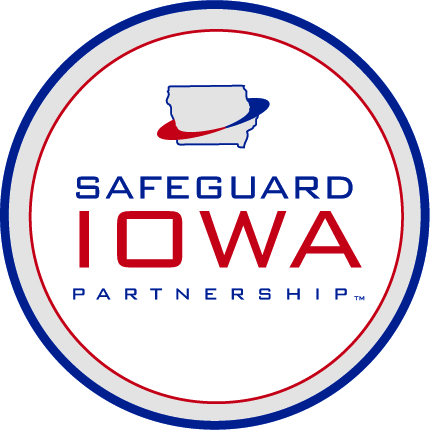Making Connections: Workplace Partnerships
Introduction | Business groups & coalitions | Revenant roles within industries & organizations |
Consider existing contacts, connections, or approaches to the groups identified below, depending on what is already in place. If few of these are currently available, consider starting close to home, with an immunization coalition and its contacts. Perhaps approaching a large employer with with an established workplace wellness program makes sense as an initial pilot, or an industry or employer that experience high rates of absenteeism or illness in the past. Another strategy is to convene a small workgroup that includes representatives of many of the groups on this page. This will help customize materials and approaches for different audiences, share the workload or approaching different groups, and generate more interest. | Consider industry- or sector specific groups in your state, such as associations of retailers or manufacturers. For a state-by-state listing of manufacturers’ associations, click here. District offices of the U.S. Small Business Administration (SBA) can help identify local, state, and regional small business groups. The National Business Coalition on Health represents 54 coalitions across the country to promote value-based purchasing by purchase-led health care coalitions. Its member coalitions represent 7,000 employers and 25 million employees and dependents mostly from mid- and large-sized employers. For an interactive, state-by-state map of coalition members, click here. | Human resource managers are the most likely to consider and then promote options for workplace adult immunization programs as part of a broader employee benefits package. Most states have chapters or affiliates of groups such as the Society for Human Resource Management (SHRM). Organizations that are too small to have a formal human resources or benefits manager may still have a manager responsible for health and safety issues. Planners and managers involved in continuity of operations are another important resource within organizations. |
Workplace Wellness Groups | Public & nonprofit employers | Existing Immunization Coalitions |
Identify coalitions of local workplace wellness managers or identify programs associated with one or more large employers in a state or region to find propose incorporating adult immunizations into their existing programs. State and local associations of occupational health nurses who staff and run workplace wellness programs and clinics are another | Traditionally, public health agencies may have stronger ties to public sector and nonprofit agencies than they do to the private sector. However, health departments may not have approached these partners about promoting work site wellness and adult immunizations in particular. As with private sector groups, identifying associations or groups (e.g., of state agencies) can make initial approaches more efficient. | A state’s immunization coalition is a great place to start. Are employers and industry representatives already part of it? What associations and groups do they belong to? If they are not already active members, do other current members have connections to them? Could a short-term subgroup or task force within the coalition take this on, identifying groups of employers and events where coalition members might make the case for adult immunizations? |
School & community events | Chamber of Commerce | Emergency Preparedness Groups |
Approaching schools within the community is a great alternative for access to adults. Many adults have children in school and attend their child's events. Consider discussing with school administration the opportunity to set up clinics outside sporting events, concerts, conferences, etc. | Start with a statewide, regional, or local Chamber of Commerce to identify groups of employers by size, industry, or geography. In addition, the chamber of commerce can help distribute information to businesses in the community regarding public health's capability to vaccinate businesses. | By their nature, these groups already have ties to large and small employers or groups of them, and specifically to continuity of operations (COO) contacts within these organizations. |
